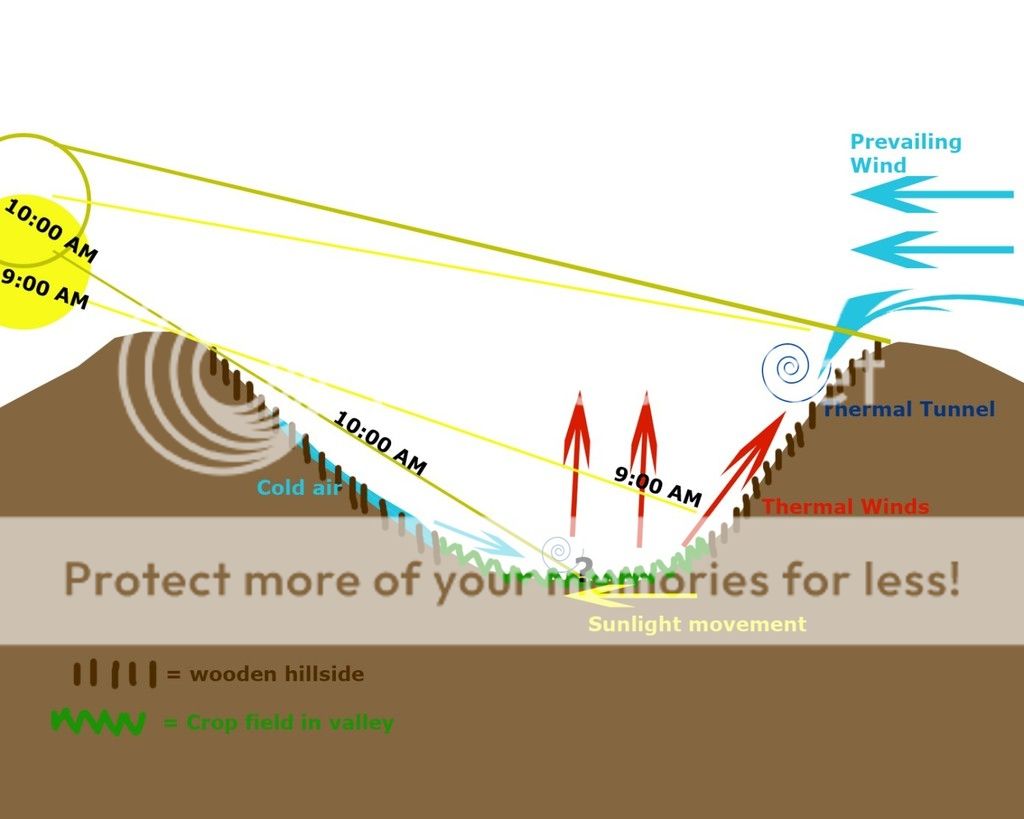https://imageshack.com/i/ipEMTCaIj




Harvestor wrote:Here is the photo link again from photobucket...
http://s1148.photobucket.com/user/Reubi ... sort=3&o=0
dan wrote: Sounds good in theorie... But I can't recall it working that way. Thermals don't occur instantly when the sun hits the ground, it takes some amount of time for the ground to warm, and that does not occur at an even rate. Factors such as soil type, color, and tree growth can effect how fast the thermal takes effect.
Before you get consistent thermals there is a period of back and forth and swirling...
If anybody else has any experience with this, I would like to hear from them...
Rich M wrote:Typically, hunting FL has been like getting a root canal
Harvestor wrote:Thank you for the information PK and Dan. I'm thinking milk weed or smoke bombs could help me unravel the conditions in my exact area during these morning scenarios.
dan wrote:Yes, I would hunt lower in the early morning if I was planning only hunting the spot for an hour or two, but I would likely not hunt down in the valley unless it was a very large valley or had a cross wind cause of the swirling... My lower morning sets are usually at the bottom 1/3



Return to “Public Land Hunting”
Users browsing this forum: No registered users and 9 guests